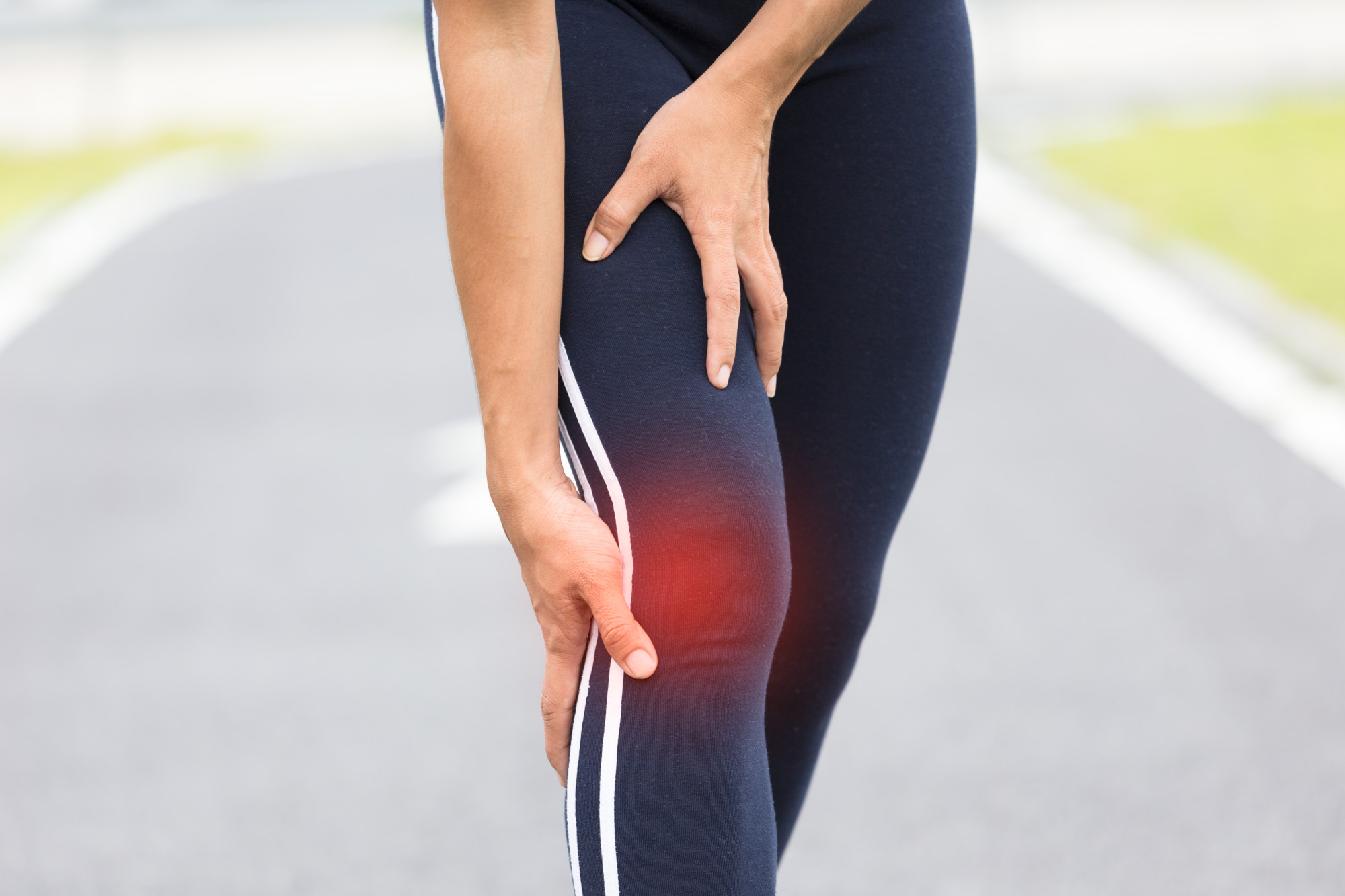
When it comes to athletes, runners have a higher risk of injury than other types of athletes, such as swimmers. In both men and women, the knee is at the greatest risk.
If you’re an avid runner, there’s a good chance that at some point you’ll suffer from runner’s knee.
Do you have pain in one or both knees after running or triathlon training? Read on and discover runner’s knee treatment and home remedies.
What Is Runner’s Knee?
Runner’s knee shows up about an hour after running in the form of pain in the knee. There’s usually no swelling but there can be.
The pain is a result of overuse, foot problems, and weak glutes as well as quadriceps (thigh muscles). If your quadriceps are tight or weak, then your pelvis doesn’t remain steady as you run.
This causes the pain known as runner’s knee.
The good news? It’s not an injury to the ligaments or cartilage. What should you do?
Helpful Runner’s Knee Treatment
There are some exercises you can do at home to strengthen the likely culprits leading to your pain. Try these for a couple of weeks. If you’re still in pain, call a professional.
Weak Quads and Hips
If your hips and inner quads are weak, this causes inward rotation of the femur. This causes pain in the knee. Try doing some leg raises to strengthen these muscles.
Lie on your back on the floor with your legs straight out in front of you. Using one leg at a time, lift your leg up toward the ceiling while keeping it straight.
Once your foot is straight up toward the ceiling, hold it for about four seconds. Lower it back down slowly. Do 5-10 repetitions on each side making sure your leg is locked out straight during the exercise.
Do the same exercise with your leg turned out, pointing your toes to the outside. Do each leg for another 5-10 reps.
Then do the exercise one more time with your toes turned in, again 5-10 reps each leg.
Tight Hips and Hamstrings
Tight muscles also cause misalignment and runner’s knee. Flexibility is important for all athletes.
Lie on your back. Leave one leg on the floor while pulling the other toward your chest. Keep both legs as straight as possible.
At first, you might not get the leg close to your chest. As you work on your flexibility, you’ll get better.
Keep Up the Good Work!
Runner’s knee treatment is important so you can get back to running. Exercise is part of a healthy routine and you don’t want pain in your knees to stop you. If you’re a triathlete, you need a routine for avoiding pain and injuries.
Keeping your muscles flexible and strong is the best way to avoid runner’s knee. Adding leg raises and stretches into your routine doesn’t take much time but it pays dividends in the form of fewer injuries.
Looking for more tips to keep your athletic performance strong? Keep reading our blog.
